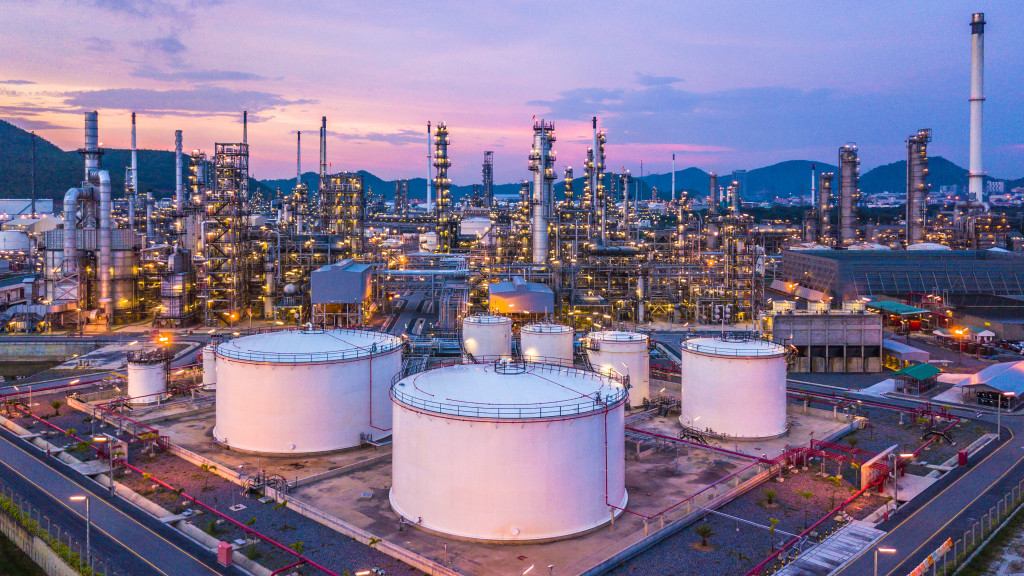Factory building needs to be designed after a thorough production plan, plant layout, and equipment sequences. It’s necessary to keep several factors in mind that might affect the factory’s functionality and safety.
Here are the things you need to consider when designing a factory.
Strong, Durable, and Safe Construction
Since factories often go through strenuous production processes, everything needs to be more robust to ensure lasting services. That’s why you should consider using strong structures for roofing and support—and invest in high-quality materials like hardwood flooring for your offices.
Factory Layout
Arrangement of your factory’s machines, service centers, and office provides a significant influence on the facility’s design and construction. In fact, besides the sturdiness of the establishment, labor patterns are one of the initial factors you need to consider when designing your factory. However, make sure to make it flexible to allow you to make any future changes when necessary.
Space
The factory’s size will depend on the space requirements for your needed flow and storage of materials, location of machines, service centers, and movement of employees. Additionally, the height of the ceilings depends on the equipment you’ll be using. For instance, if you use overhead conveyors and other tall equipment, you’ll need high roofs.
Handling of Materials
Material handling should be easy to follow and adaptable as it significantly affects manufacturing cycle time, prevents production ‘bottlenecks,’ and minimizes material handling costs. That’s why you need to consider investing in large equipment like cranes or conveyor belt hoists—improving the overall ease of handling.
A reduction in the number of structural columns and maintenance of ceilings at desirable heights is crucial to material handling equipment. In other words, you need to ensure your employees have a seamless way of handling materials for smoother business operations and better work output.
Heating, Ventilation, and Air Conditioning
It’s common in massive factories to offer separate structures for accommodating high-pressure boilers. Their size depends on heating requirements for production, and proper ventilation is needed to provide fresh air to employees. Additionally, air conditioning should be considered as well—ensuring employee comfort and satisfaction.
Factory Protection
One of the most crucial factors you need to consider when designing factories is that it should be built with optimal protection in mind. That’s because these facilities are naturally large and hold hundreds to thousands of workers per shift, depending on the factory’s size, making protection essential. When designing a factory, make sure that it should follow a design that gives it adequate protection against several common accidents in these facilities.
Typical incidents include fire and theft. You can do this by adding extra safety precautions, such as sprinkler systems, thoroughly planned fire escape routes and exits, automatic alarms, outdoor hydrants, and safety lights.
Service and Employee Facilities
Service and employee facilities are crucial in ensuring smooth operations in the factory. Service facilities include firefighting equipment, emergency kits, heating, lighting, air conditioning, and ventilation. Make sure to house these items separately for the best results.
Meanwhile, employee facilities are the incentives to the organization’s employees, building up the morale of the workers. Proper provision should be kept regarding washroom and toilet utilities, cafeteria, recreational spaces, and parking areas.

Appearance
It would be best if you also included architecture or design of the building and building materials when creating your factory layout. It should give attractive exteriors to plant buildings. That’s because a pleasing appearance alongside gorgeous landscaping and overall cleanliness is crucial for the community. So, never neglect aesthetic considerations.
Eco-Friendliness
Since more consumers are becoming more environmentally conscious about what they buy, consider designing your factory’s layout with your surroundings in mind. This practice is currently being vigorously advocated worldwide, with some countries making this factor statutory. So, ensure greenbelt across the factory, practice horticulture, and greener disposal of waste.
All these changes can help your factory become more energy-efficient, clean, and functional.
Future Expansion
Expanding the facility in the future needs to be considered when designing factory buildings. That’s because if you ever plan on expanding the facility in the future, you need to ensure the buildings can withstand such changes. Additionally, doing this beforehand can help you ensure that the original structure has sufficient footing to withstand additional weight. All these are needed as issues and accidents may ensue along the way when expanding, freeing you from expensive mishaps.
While planning and designing a factory, consider the mentioned factors to help you create an efficient and economical flow of materials, work-in-progress, and finished goods—ensuring optimal operations and long-term success.

